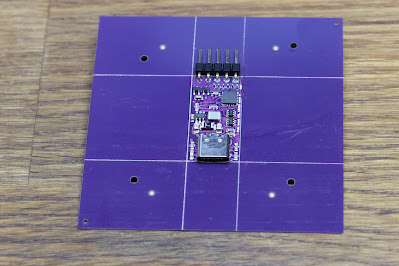There is an old road sign on Belmont Road, Abergavenny. Old, and rusty, and not even that easy to read. It was worse, it was covered in ivy, as you can see from street view.
Well, challenge accepted (with permission from the council, of course).
First step was cleaning off the rust. There were ideas - sand blasting, even lasers, but in the end the simplest and cheapest was wire brushes. What I did not realise was quite how much work that was! I decided this would be easiest in situ.
Then it comes to the back, so taking the sign down. There was actually far less rust on the back, and there was a makers mark - an old registered design mark.
With the help of mastodon, thank you all, this was tracked down to a registered design 329372 dating from 1878.
Having cleaned it, I decided to treat for remaining rust anyway. This is horrid stuff, but turns rust in to something black and stable (phosphoric acid may be involved).
Then it came to painting. Some rust proof paint on the back was simple...
Then some white. The challenge though is the temperature. This is all being done in the former cellar, it has no heating. It is winter. The paint said don't apply below 10℃, and it was also going to take a long time to dry in the cold. So some heating was needed. Even so it took all night to dry, several nights in fact. I think the electricity for this may be the most expensive part of this project now.
I needed to do a bit of research. The sign had previously been painted with the sides of the raised letters black. This did not seem to make sense, notably, the "A" would have a filled in hole if done like that. So I did a little research of other old cast iron signs. It seems all have the tops of the letters black, which made a lot of sense. However, the border was not so clear. The old sign had a black line and white outer. But it seems signs either have the border all white and only the letters black, or a black line and black border. A few did have the black line on white. I decided a black line and border (this was before I saw the registered design which seems to imply white edge with black raised line).
I decided to use masking tape - I was not confident of not dripping paint anyway. This took a while.
Then the black, and well, it turned out OK. I am not 100% happy with the edges of the letters, but it looks so much better than before to be honest. I had not managed to finish putting the nail back before someone stopped and said "well done", and the facebook post quickly got 800 likes.
The wall will be repointed next, as it too looks rather old and shabby (don't we all?).
P.S. I got a gold star!

























